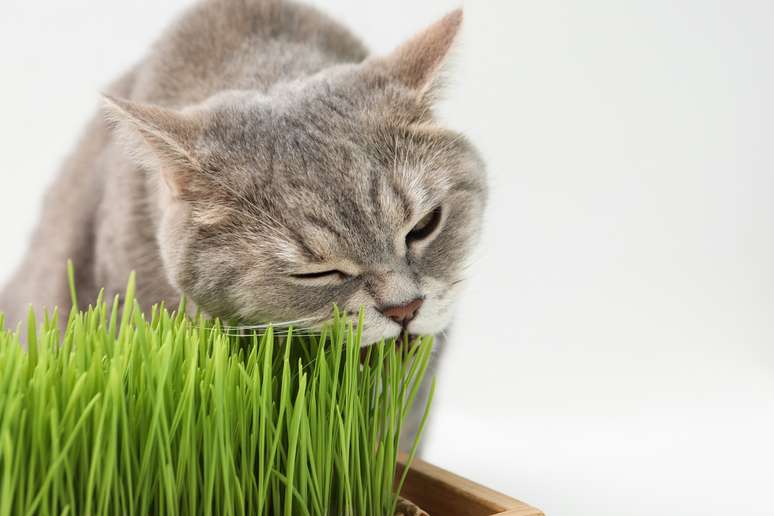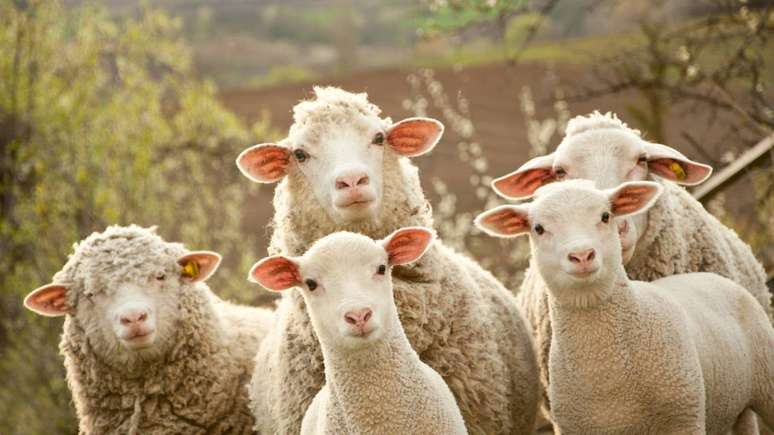In an interview with Terra, a veterinarian explains the species that are dangerous for animals and which ones are safer to have at home
Anyone who has a cat at home already knows: everything new that enters the environment must pass its quality seal. This means sniffing, dropping, and even biting the object. Even dogs, even if they are not as curious as cats, tend to explore what is within their reach. In both cases there is a common danger: toxic plants.
Both can eat plants for different reasons: hunting and exploration instinct, seeking nutritional rewards, self-regulation of the digestive system or even for fun, to enjoy the flavor or texture of plants. However, if your pet has a habit of rummaging through potted plants at home, it is essential to know which plants are safe for him.
Veterinary doctor Vinícius Campregher de Siqueira, professor at Anhembi-Morumbi University, explains that the list of toxic plants is extensive and many are usually found in Brazilian homes. This is the case of:
- lilies;
- ferns;
- Azaleas;
- Cat’s tail;
- Adam’s rib;
- Glass of milk;
- Viola;
- Tulip;
- Sword of St. George;
- No one can with me;
- Anthurium.
These species can cause mild symptoms, such as vomiting and diarrhea, or more serious consequences, which can even lead to the death of the animal. In addition to these conditions, the intoxicated animal may present the following symptoms: excessive salivation, apathy, lack of motor coordination, dilated pupils and abdominal pain.
“The ideal is to identify the ingested plant – if you don’t know it, take a photo for possible identification – and take the animal to the vet for the possibility of adequate treatment depending on the ingested plant,” he adds.
Which plants are safe for pets?
Veterinarian Vinícius Siqueira says the safest plants for pets are herbs. These species are monocotyledonous angiosperms, with short and long leaves and spike- or panicle-shaped inflorescences.
These plants are typically used in ecology, agriculture and landscaping, as feed for farm animals and in grain production. This is the case of:
- Grass;
- Grain;
- Circles;
- Oats;
- Corn.
Source: Terra
Ben Stock is a lifestyle journalist and author at Gossipify. He writes about topics such as health, wellness, travel, food and home decor. He provides practical advice and inspiration to improve well-being, keeps readers up to date with latest lifestyle news and trends, known for his engaging writing style, in-depth analysis and unique perspectives.








